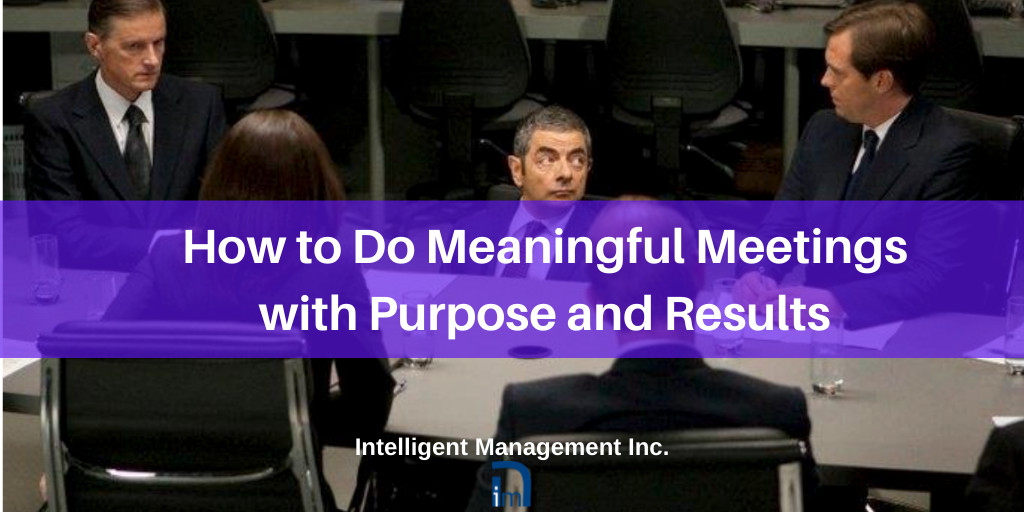
There is something about getting a group of people together, whether in a room or at distance, that can lead to time wasting and frustration. Various techniques have been invented to make meetings work, including outlandish methods like getting people to drink a lot of fluid and ending the meeting when someone has to go to the bathroom. This is missing the point. Physical discomfort does not produce the best results. Focus and alignment do. Our time on this planet is finite and none of us can afford to waste time that could be dedicated to achieving something meaningful.
Giving context
What is the meeting about? There is only one reason for a meeting: because it addresses a problem that needs to be solved by a group of people through a precise set of coordinated and synchronized actions. Anything else is just a conversation (or a power play or something that is not transparent). Therefore, we need to be sure:
a) about the problem that we are addressing;
b) that everyone involved is in agreement about it.
This may sound obvious but we should never underestimate the potential for people to misunderstand each other.
There is a very powerful Thinking Process that allows us to frame any situation as a “conflict”, i.e. two opposing positions. This is because in any human situation there are opposing drives, one is towards vision and the other is towards restraint or simply fear. This Conflict Cloud process then guides its users towards identifying the real and legitimate needs of vision and fear that must be satisfied and a common goal that satisfies both needs. This process is one of the Thinking Processes from the Theory of Constraints.
Once we have a precisely verbalized and agreed upon the common goal we have identified the purpose that our meetings must always address. This clear purpose will drive focus and becomes the common reference point for the actions that must be taken. A further step with this process is to surface all the assumptions/mental models that underlie the conflict. This can be done systematically and methodically and raises the discussion to a higher level of awareness and precision. This is the moment for people to express their opinions and biases in a constructive way within the precise context of surfacing assumptions.
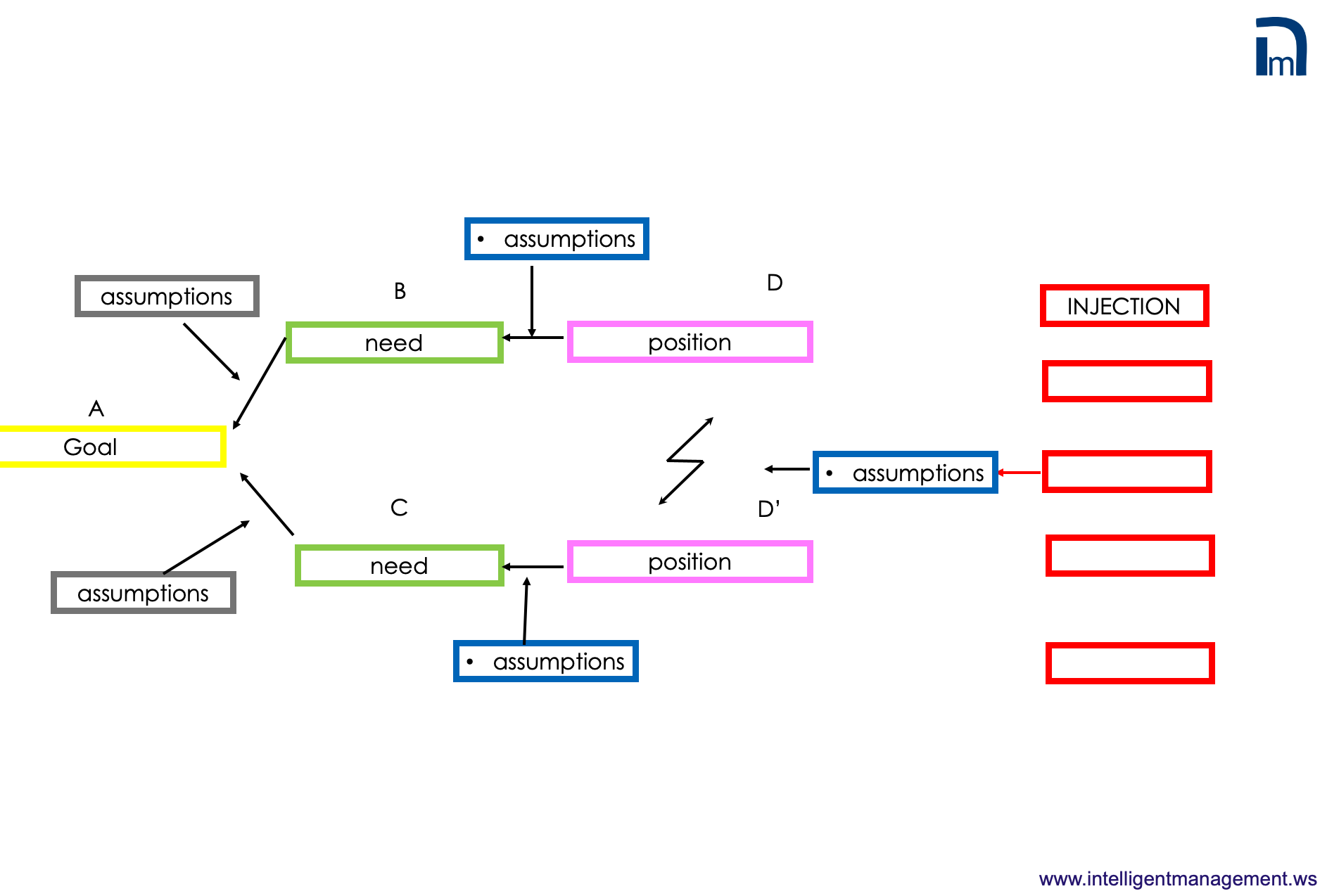
Breaking it down
By invalidating the assumptions that we are making between the two positions of conflict, we discover that the conflict does not in fact exist and can be “evaporated” through a series of solutions. These solutions become the backbone of an action plan. For each solution, we can build a Prerequisite Tree. This tree starts by identifying the obstacles in our way towards achieving a precisely verbalized objective, and these obstacles are then re-verbalized as “intermediate objectives”, i.e. what it would take to overcome the obstacle.
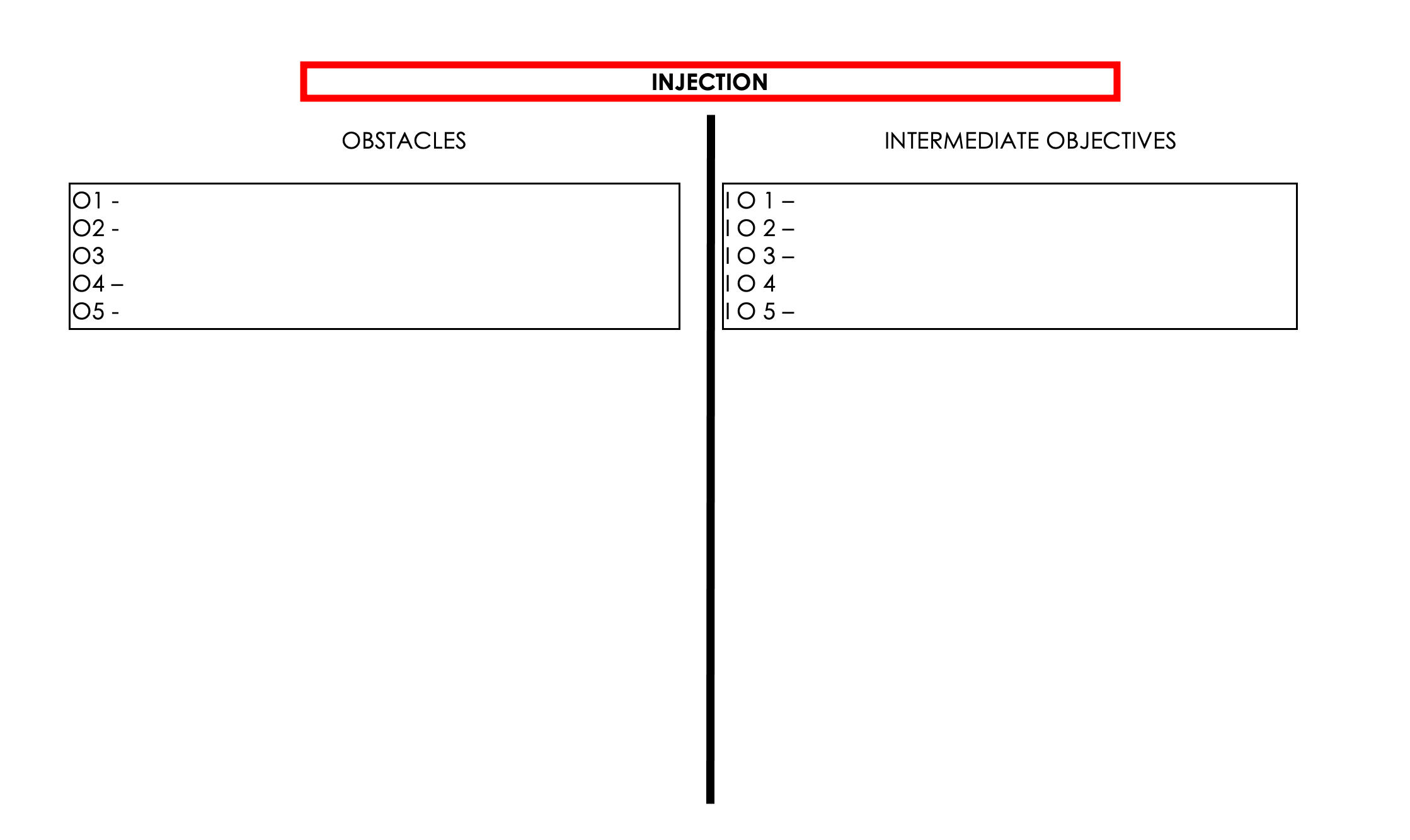
We then position the Intermediate Objectives on a tree that leads towards the solution (called “injection” in the Theory of Constraints) and they are positioned on the basis of what is prerequisite to what and what can be done in parallel. We now have a clear roadmap for each solution that can be displayed and shared.
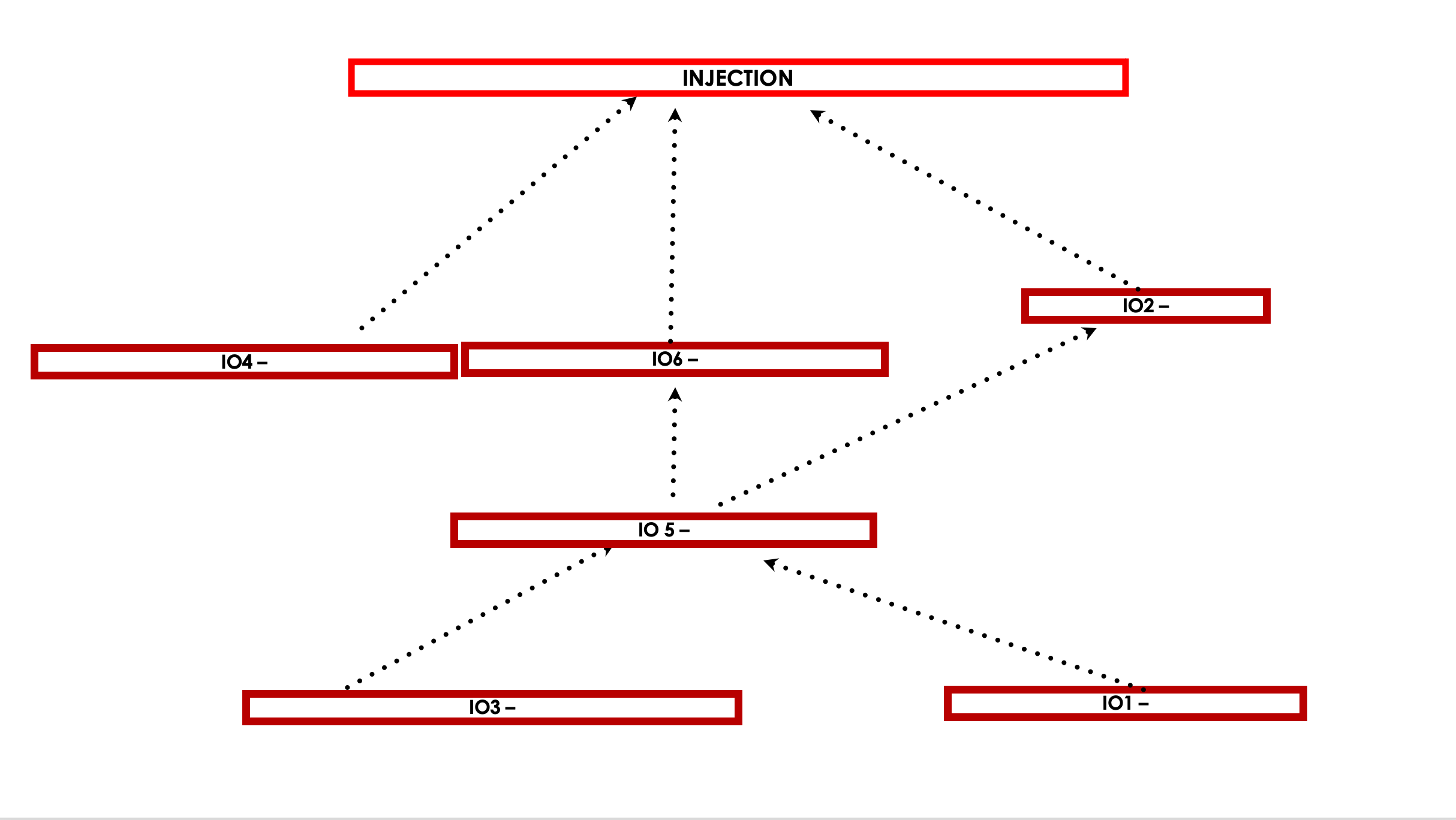
Following up with conversations for action
Once we have identified and mapped out the set of solutions to be implemented, we need to know the step-by-step actions to be taken to make those solutions real. The Transition Tree exists for this purpose and is effective because it not only shows us what has to be done but why. The Transition Tree breaks down Intermediate Objectives into steps/tasks that can be scheduled into a project. Again, Transition Trees can be projected and shared to keep communication aligned and focused.
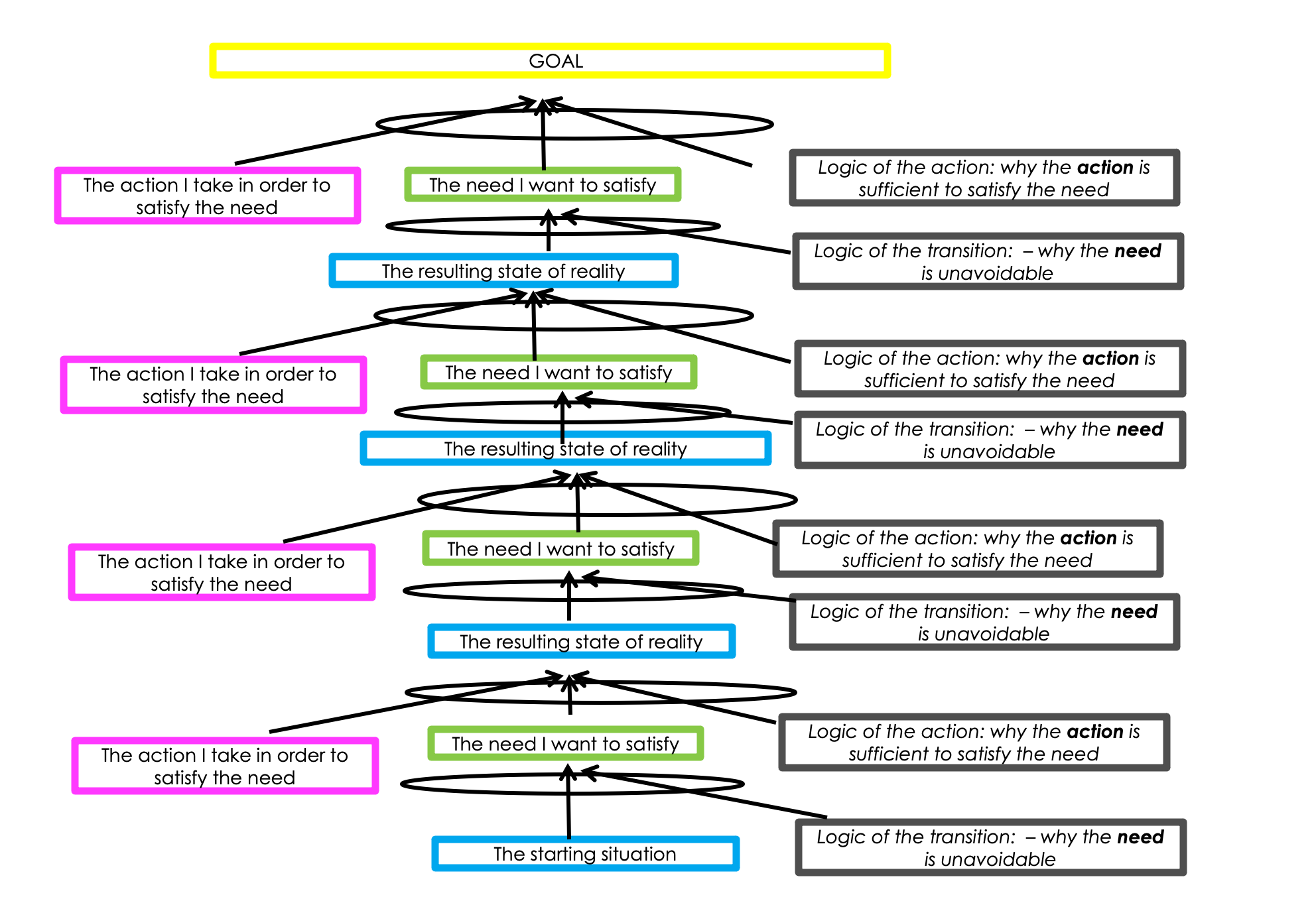
This is what meaningful meetings are about: directed conversations on identifying and agreeing about solutions and the steps to be taken to make those solutions happen. Our meetings then become transparent and meaningful conversations for action with a clear and shared purpose. The added bonus is that instead of becoming dumber by being in a pointless meeting, by using these Thinking Processes we learn to think systemically, see connections we would otherwise not see and leverage intelligent emotions.
Intelligent Management blogs about how to shift your thinking towards broader, systemic possibilities for yourself and your organization. Sign up to our blog here. Intelligent Management provides education and training on systemic management, W. Edwards Deming’s management philosophy and the Theory of Constraints (Decalogue methodology) in North America and Europe.
See our new books The Human Constraint – a business novel that has sold in 27 countries so far and ‘Quality, Involvement, Flow: The Systemic Organization’ from CRC Press, New York. by our Founder Dr. Domenico Lepore, Dr. .Angela Montgomery and Dr. Giovanni Siepe.





Leave a Reply